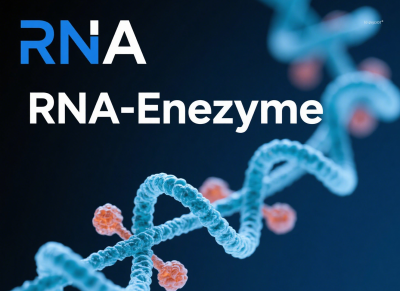“Genedeliver” is a portmanteau of “gene delivery,” referring to gene delivery technology—the process of introducing exogenous genes into target cells through specific methods. This technology primarily encompasses the following core elements:
I. Technical Definition
Vector Function
Uses viral vectors or nanoparticles as “transport vehicles” to deliver target gene fragments into cells.
Application Scenarios
Applied in gene therapy, vaccine development, and basic research, such as CRISPR gene editing, which relies on this technology for DNA fragment delivery.
II. Key Components
Vector Types
- Viral vectors (e.g., adenovirus): High transfection efficiency but may trigger immune responses.
- Non-viral vectors (e.g., liposomes): Better safety profile but lower delivery efficiency.
Auxiliary Elements
Includes regulatory sequences such as promoters and terminators to ensure proper gene expression within cells.
III. Technological Extensions
Light-Inducible Systems
Novel delivery techniques use photosensitive compounds to control the spatiotemporal precision of gene release.
Targeted Modifications
Antibody modifications on vector surfaces enable directed delivery to specific cell types.
(Formatted for clarity and readability while maintaining technical accuracy.)





“GeneDeliver” 是基因治疗领域的核心术语,其技术内涵与应用可系统解析如下:
1. 基础定义
指将外源基因(如治疗性DNA或RNA)递送至靶细胞的技术过程,涵盖物理、化学及生物三类递送方式。
物理方法:包括电穿孔、显微注射等直接穿透细胞膜的技术。
化学载体:如脂质纳米颗粒(LNP)或聚乙烯亚胺(PEI),通过电荷作用包裹基因物质。
生物载体:病毒载体(如腺病毒)或细菌载体,利用天然感染机制实现高效递送。
2. 技术挑战
递送效率:需克服细胞膜屏障及溶酶体降解,例如LNP通过类氯喹结构增强内体逃逸能力。
安全性:高分子量PEI虽提升转染效率,但伴随细胞毒性问题。
靶向性:需开发组织特异性载体(如肺癌治疗中的气溶胶递送系统。
3. 应用场景
基因治疗:用于修复遗传缺陷(如PTEN基因与肺癌的关联研究)。
基因编辑:CRISPR-Cas9系统依赖高效载体实现基因组修饰。
研究工具:微环DNA等非病毒载体在基础研究中广泛使用。
该术语常见于学术文献,具体技术方案需根据治疗目标(如疾病类型、靶器官)定制化设计。